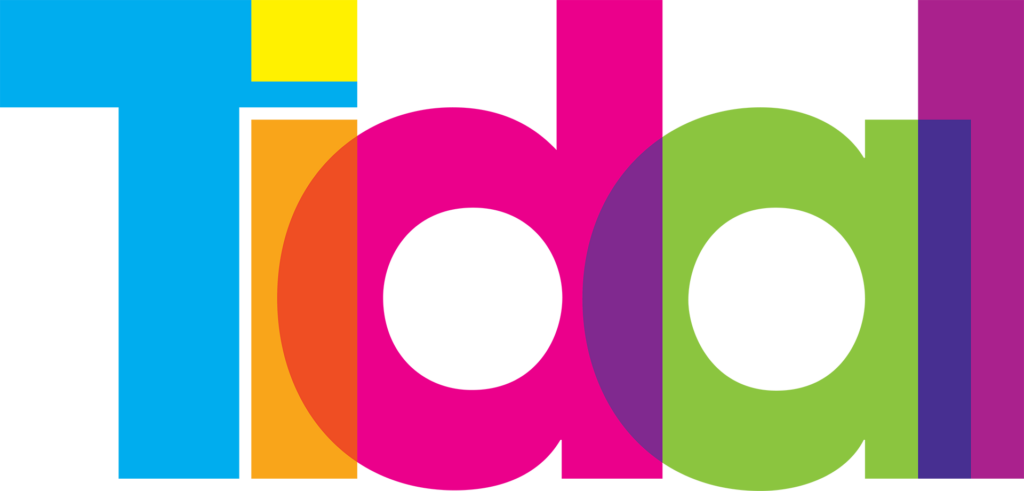Shoppers are seeking personalized experiences
In the digital era, businesses constantly seek avenues to create deeper, more meaningful connections with their clientele.
Customers, after all, no longer want to be mere numbers in a database; they yearn for personalized experiences that make them feel valued. This is particularly vital in sectors that revolve around personal aesthetics and self-care, such as haircare. Enter personalized marketing automation, an ingenious tool that allows even budding brands to offer elite-level, tailored experiences. Let’s delve deeper into integrating this strategy into your hair care brand.
Understanding Personalized Marketing Automation
Traditionally, marketing automation is a set of tools designed to streamline and optimize repetitive marketing tasks. When infused with personalization, it takes the form of targeted communication based on data-driven insights. Whether it’s a user’s past purchases, browsing behavior, or how they’ve engaged with your brand, all this information becomes pivotal in crafting messages that resonate on a personal level.
Such tailored interactions can span various channels, be it emails, SMS, social platforms, or even mobile apps. But remember, it’s essential that customers give their consent before you communicate with them through these channels.
How It All Comes Together
The backbone of any marketing automation campaign lies in its software. This tool collates crucial subscriber details like their name, location, shopping history, etc. It’s the customers themselves who share this data and give their nod for further brand interactions.
One of the instrumental tools in this space is the ‘Shopify Flow’ app. Not just another tool, Shopify Flow offers more than just automation. It’s a platform designed to eliminate the technical barriers of creating custom workflows. You don’t need to be a coding genius to create processes that can handle anything from inventory management to fraud detection.
The capabilities include:
- Using templates to automate store functions.
- Tailoring processes using conditional logic.
- Seamlessly integrating with other tools like Slack, Google Sheets, and more.
The heart of the

The heart of the system
- Triggers: These are the events that kick-start automation. It could be activity-related, like a user abandoning a cart, or property-based, like nearing the end of a subscription.
- Actions: Once triggered, the system responds with predetermined actions. This might involve sending out personalized emails, updating content based on user behavior, or even alerting sales teams.
- Filters and Branches: They refine ongoing campaigns. Filters help prevent sending redundant messages, and branches ensure that users get the most relevant experience.
- Variables: Personal touches, such as addressing the user by their name, are made possible using variables within messages.
An example in action
Imagine you’re running a skincare brand and want to motivate first-time buyers to make another purchase. A personalized campaign might look like:
- User makes their maiden purchase.
- They receive a detailed receipt email.
- After a few days, they get tips on maximizing the benefits of their purchased product.
- A month later, based on their location, they either get recommended to visit a nearby store or to place another online order.
Why opt for Personalized Marketing Automation?
Several reasons make personalized marketing automation the go-to strategy for e-commerce giants:
- Cost-Effectiveness: It’s a financially sound strategy, considering that the target audience has already shown interest in your brand.
- Trackability: The campaigns come with embedded links, making it easy to monitor user actions through tools like Google Analytics.
- Enhanced User Experience: Filters and branches ensure customers receive messages only when they’re relevant.
- Healthy Email Lists: Tailored emails generally see higher open rates, improving domain credibility.
Different shades of Personalized Marketing Automation
While the broader idea remains the same, there are several ways to leverage personalized marketing automation:
- Welcome Campaigns: Orient new subscribers towards making their first purchase.
- Upsell & Cross-sell Campaigns: Encourage users to explore higher-tier products or complementary items.
- Winback Campaigns: Target those who haven’t made a purchase in a long time.
- Cart Abandonment Campaigns: Address potential buyers who showed intent but didn’t complete a purchase.
- Special Date Campaigns: Reward customers on special occasions, like birthdays or purchase anniversaries.
Best Practices to remember
For an effective personalized marketing automation strategy:
- Empathy is Key: Understand the frequency and type of communication your users expect.
- List Management: Ensure users get the right messages and not bombarded with redundant communications.
- Seamless Integration: Sync various platforms for richer data-driven insights.
- Continuous Improvement: Rely on campaign metrics to refine your strategy over time.
In conclusion
Personalized marketing automation offers an unparalleled avenue to engage with users on a deeper level. It combines technology’s precision with human touch, creating experiences that resonate and foster brand loyalty. Embrace it, and witness a transformative shift in how customers interact with your brand.


